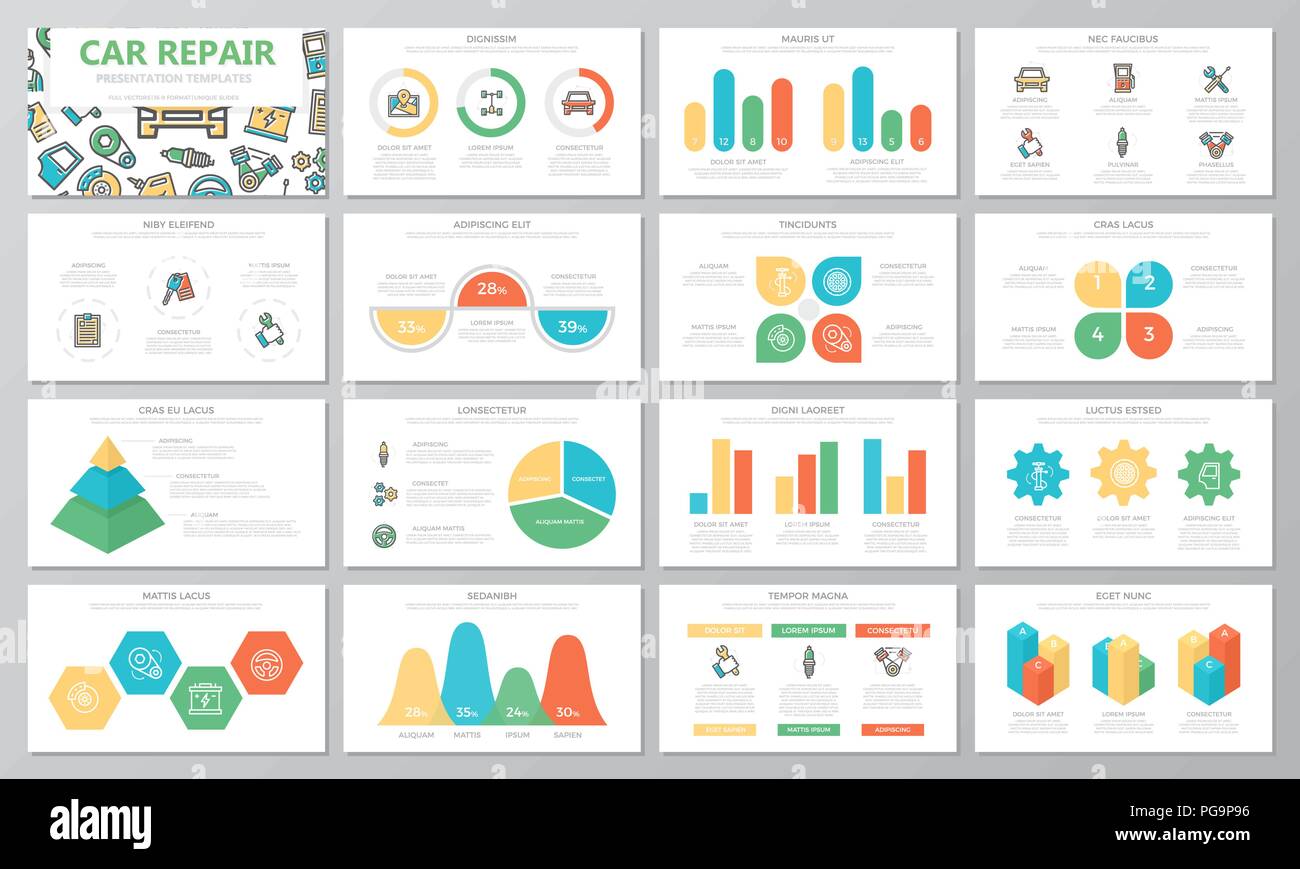Familiarize On Your Own With The Dashboard Warning Lights In Your Automobile To Focus On The Well-Being And Safety Of Your Car
Familiarize On Your Own With The Dashboard Warning Lights In Your Automobile To Focus On The Well-Being And Safety Of Your Car
Blog Article
Web Content Produce By-Peck Boyer
When you lag the wheel, those radiant caution lights on your control panel can be a little bit difficult. Do you know what they're attempting to inform you about your car's health? Recognizing the relevance of these lights is essential for your safety and security and the longevity of your automobile. So, the next time among those lights pops up, wouldn't you want to decode its message precisely and take the essential steps to resolve it?
Common Caution Lights and Interpretations
Recognize common warning lights in your cars and truck and recognize their meanings to guarantee safe driving.
One of the most typical caution lights consist of the check engine light, which indicates problems with the engine or exhausts system. If https://ecutunenearme84062.qodsblog.com/31112854/discover-the-important-steps-to-locating-the-ideal-car-repair-shop-to-guarantee-your-automobile-s-long-life-and-performance begins, it's important to have your lorry inspected quickly.
https://dominicktojey.kylieblog.com/31599776/watch-on-upcoming-trends-in-the-car-repair-service-industry-for-the-future advising light shows low oil stress, requiring immediate focus to avoid engine damages.
A blinking battery light could recommend a malfunctioning billing system, possibly leaving you stranded otherwise addressed.
The tire pressure surveillance system (TPMS) light alerts you to reduced tire pressure, impacting vehicle stability and gas performance. Ignoring this could bring about harmful driving conditions.
The ABS light indicates a trouble with the anti-lock braking system, compromising your ability to quit quickly in emergencies.
Last but not least, the coolant temperature level cautioning light warns of engine getting too hot, which can lead to extreme damage otherwise resolved swiftly.
Understanding these common warning lights will certainly assist you deal with concerns promptly and maintain safe driving problems.
Value of Prompt Focus
Comprehending the usual warning lights in your vehicle is just the primary step; the relevance of immediately dealing with these warnings can not be stressed enough to ensure your security when traveling.
When supplemental resources brightens on your dashboard, it's your auto's way of connecting a prospective concern that requires attention. Neglecting these warnings can cause more extreme issues in the future, jeopardizing your safety and potentially costing you a lot more out of commission.
Trigger interest to alerting lights can avoid failures and crashes. For example, a flashing check engine light can suggest a misfire that, if left unattended, might cause damage to the catalytic converter. Resolving this without delay can conserve you from a costly repair service.
Likewise, a brake system warning light may indicate reduced brake fluid or used brake pads, crucial components for your safety when driving.
Do It Yourself Troubleshooting Tips
If you see a warning light on your control panel, there are a few do it yourself repairing ideas you can try prior to looking for professional help.
The initial step is to consult your automobile's manual to recognize what the details warning light indicates. Occasionally the issue can be as basic as a loosened gas cap setting off the check engine light. Tightening up the gas cap might resolve the issue.
https://ecuremapping62849.idblogz.com/31619770/picking-the-finest-car-repair-shop-in-your-area-10-practical-tips is a reduced battery, which can set off various advising lights. Checking the battery connections for deterioration and guaranteeing they're safe might take care of the problem.
If a caution light lingers, you can try resetting it by disconnecting the vehicle's battery for a few mins and then reconnecting it. In addition, checking your car's liquid levels, such as oil, coolant, and brake liquid, can aid repair warning lights associated with these systems.
Final thought
In conclusion, understanding your automobile's warning lights is crucial for keeping your vehicle running smoothly and safely. By promptly addressing these signals and knowing what they imply, you can avoid costly fixings and possible break downs.
Bear in mind to consult your car's guidebook for specific information on each alerting light and take action as necessary to guarantee a hassle-free driving experience.
Keep informed, stay risk-free on the road!
